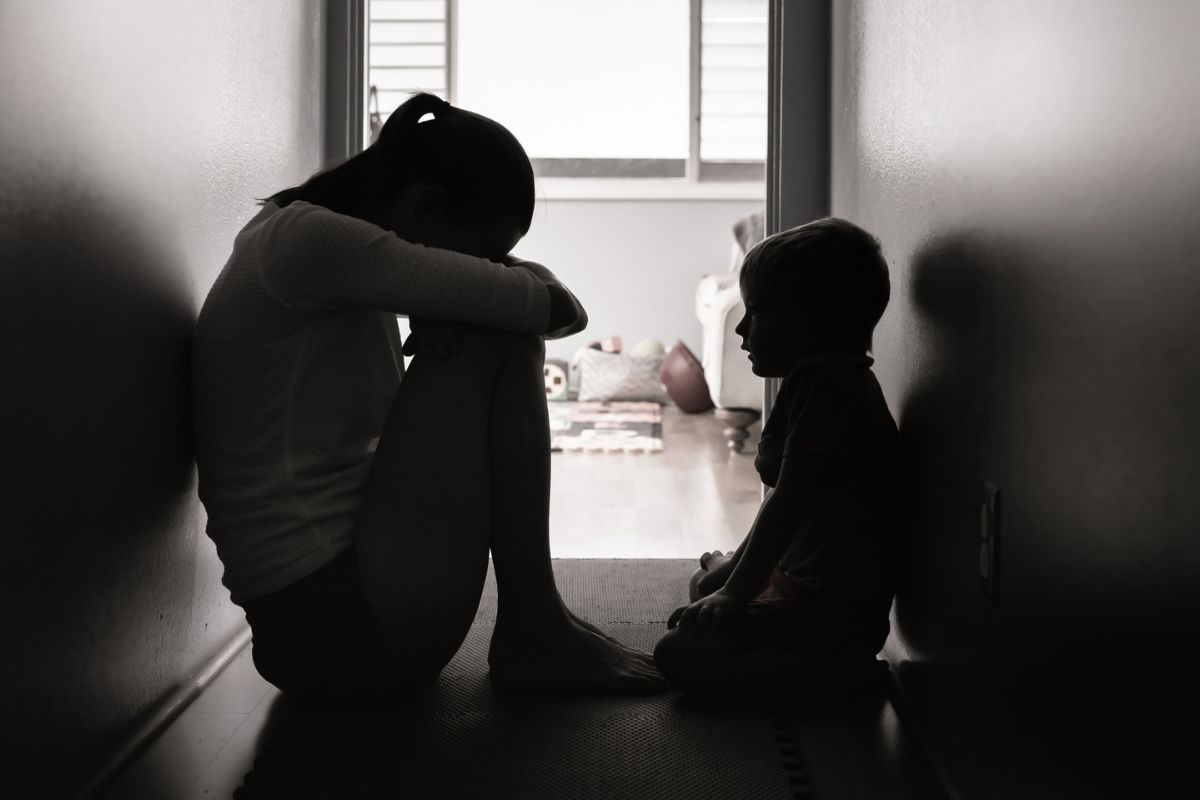It’s not uncommon for adults with autism spectrum disorder (ASD) to be diagnosed later in life. Typically, healthcare professionals now diagnose children on the spectrum between the ages of three and four. But for older generations, the condition can slip under the radar well into adulthood.
Many neurotypical, or “ NT,” women who are married to men with undiagnosed ASD have a common experience. They begin to realize that their partner is neurodivergent. When they try to explain to others what their life is like with an autistic partner, no one believes them.
The phenomenon has become known as Cassandra syndrome, a reference to the eponymous priestess from Greek mythology with the ability to see the future, but who was cursed by Apollo so that no one would believe her prophecies.
“There are many cases of neurodivergent partners who are able to mask their challenges and appear to people around them as articulate, thoughtful, caring, sensitive, empathic, and so on,” ASD psychologist Kenneth Roberson told Psychiatrist.com. “That creates a sort of cognitive dissonance.”
Relationship Trauma
Cassandra syndrome is a type of relationship trauma that some experts place in the category of complex PTSD. The symptoms of anxiety, anger, hypervigilance, and dissociation aren’t the result of a singular traumatic event. Rather, they stem from an ongoing lack of intimacy and social connection, emotional deprivation, and a profoundly disharmonious relationship.
“By the time you get to the therapist, they’re so distraught, and they’re so stoic,” said Margot Alexis, founder of the membership support group, Healing Cassandra.
The dynamic leaves many women feeling unheard, frequently viewed as hysterical. “Historically, women have often been labeled as ‘histrionic’—exaggerating, over explaining their concerns, making a big deal out of something,” said Roberson.
Men in the relationship with ASD, on the other hand, often present as very calm and collected. They may be oblivious as to how their divergent behaviors affect their partner’s emotional wellbeing. Often, they dispute their partner’s depictions of them. And they can be extremely convincing.
This leads many women in a “Cassandra relationship” to question their own judgment or sanity. “It leaves them with self-doubt, inner turmoil,” Alexis said. “You spend many years enmeshed in trying to fix your husband.”
Another Point of View
But some members of the ASD community believe the concept of Cassandra syndrome erases the experiences of folks who don’t fit into traditional genders or gender roles.
One paper argued that the phenomenon relies heavily on stereotypical understandings of autism—primarily the misconception that ASD is intertwined with extreme maleness. The authors stated that straight, cisgender, NT belief systems exaggerate the idea of Cassandra syndrome. This attitude may not necessarily resonate with women, gender diverse, and queer individuals on the spectrum. Their partners may feel snubbed by the concept as well. Indeed, many Cassandra online support groups specify that they are for “women only.”
However, those who identify with Cassandra experience the all-too-real accumulation of pent-up anger. Years of others disbelieving and discounting their experiences with an ASD partner leave them frustrated.
“A lot of the neurotypical women tend to have a lot of bitterness and resentment because they just want a relationship like they see other couples having,” Alexis said.
Addressing the Problem
Alexis said that expressing empathy is the first step toward moving beyond Cassandra syndrome. An ASD partner’s brain has different wiring than the brain of an NT partner, she said.
“Let’s say my husband was blind and I was an artist, and I go to him and say, ‘Look at the beautiful painting that I painted.’ Well, he can’t see it,” she offered. In the same way, she said, expecting one’s neurodivergent partner to read social cues or otherwise behave neurotypically is both unrealistic and unempathetic.
Connecting with people in similar situations can educate and empower women to ultimately improve their relationships and seek inner-happiness. Alexis and her fellow “Cassandra women” continue to support one another, even after their husbands accept their diagnoses.
“I felt there was a need to help not only myself, but other women in neurodiverse relationships to learn new skills and tools so that if they’re going to stay in the marriage, then they could build a toolbox of how to better communicate, how to self-partner,” she said.
Taking responsibility for your own happiness is key to healing Cassandra syndrome, Alexis said. Helping the ASD husband acquire neurodiversified communication skills will also help. To strengthen a relationship with an ASD partner, she recommends creating realistic expectations, researching autism, and connecting with support systems.



